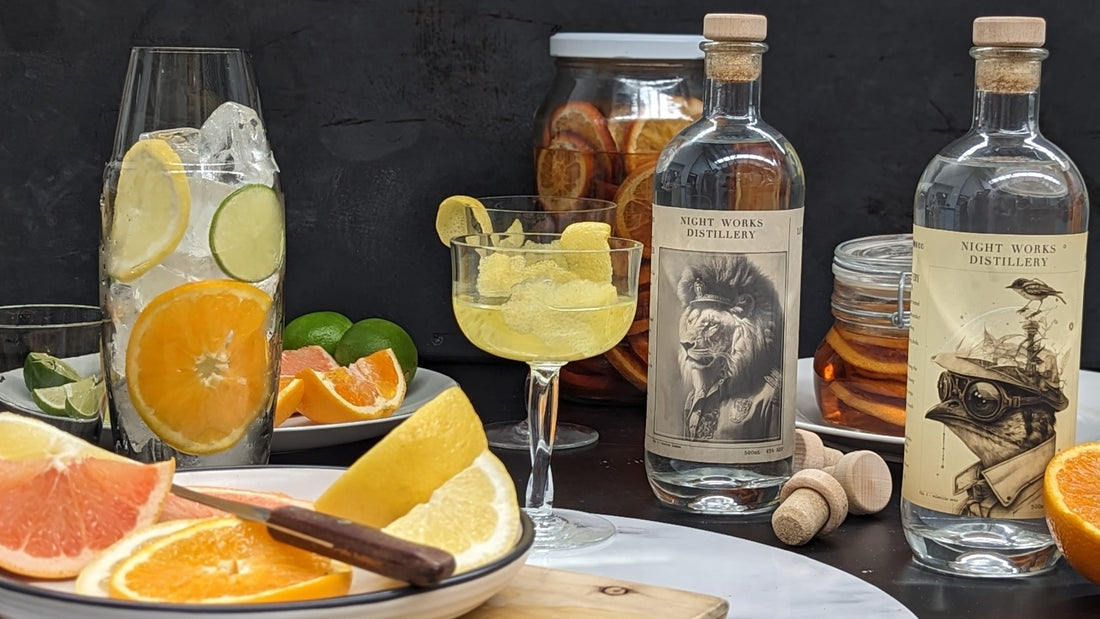We're going to start with a lot of work that we have previously worked on. There is a lot to catch up on, but we are going to try and mix through current projects and thoughts, with old trials and tribulations, a bit of science, some tastings, commercial and otherwise, and anything else that we think may be relevant.
The recipe and process development for our current gin releases have been born of experimentation. A LOT of experimentation. Nearly 200 lab distillations with recorded sensory data in fact. Parameters varied drastically, including but not limited to change of ingredient types [Indian vs. domestic coriander for instance], level of ingredient crushing/cutting, infusion times, infusion ABV, combinatorial ingredient infusion and much more. This experimentation has helped refine the way we approach use of botanicals, both as an application to gin via distillation, but also for use in other beverages like amaro, beer and fortified wines like vermouth.
There’s a lot to consider here. Just the process of infusing ethanol with botanicals has many variables. Temperature of infusion, time of infusion, infusion strength [ABV], surface area of botanicals being infused [i.e. cut/crush level] and pH of solution. All of these factors influence levels of volatile botanical extractables, which in turn changes how the distillation process extracts these flavours. Some compounds [various oils, long chain fatty acids, fusel alcohols etc.] have much higher solubility in high ethanol environments compared to high water environments. Other compounds have similar extractive tendencies according to pH and temperature. One botanical may behave very poorly when used in a pre-distillation infusion, but may fare very well when infused at time of/throughout the distillation process [ie higher temperatures]. Others can provide balance and nuance when infused in the gin spirit, but have little flavour when used in pre-distillation infusions, or turn vegetal and unappealing when heated. Others yet again require a more balanced extraction, and so perform best when used in vapour path infusion. Thus through many trials, samplings and reiterations we have been able to build our recipes [based on the flavour profile we wish to make] with an optimisation of flavours extracted through balancing all of these factors.
Most of the time, we set out with a goal in mind, a flavour profile we wish to create. We want to make a snapshot of a single moment in time and bottle that idea, that thought, that feeling. Sometimes we have happy little accidents along the way during experimentation. Some botanicals work together in ways that may not look right at first glance on paper, but marry together into something unique and interesting in the finished spirit. While most of the time we try and make something that is 90% of the way to already refined from the start, we still try to throw a curveball into the mix, forcing us to use something different, try and make it work within the parameters we have set out, and see what happens. It’s not always amazing, but it still makes us think differently, and learn with it [Black Tea and Bay Leaf Savoury Gin incoming, a personal favourite that was born out of a grab-something-interesting-from-the-shelf-and-make-it-work moment].
Anyway, more to come!
